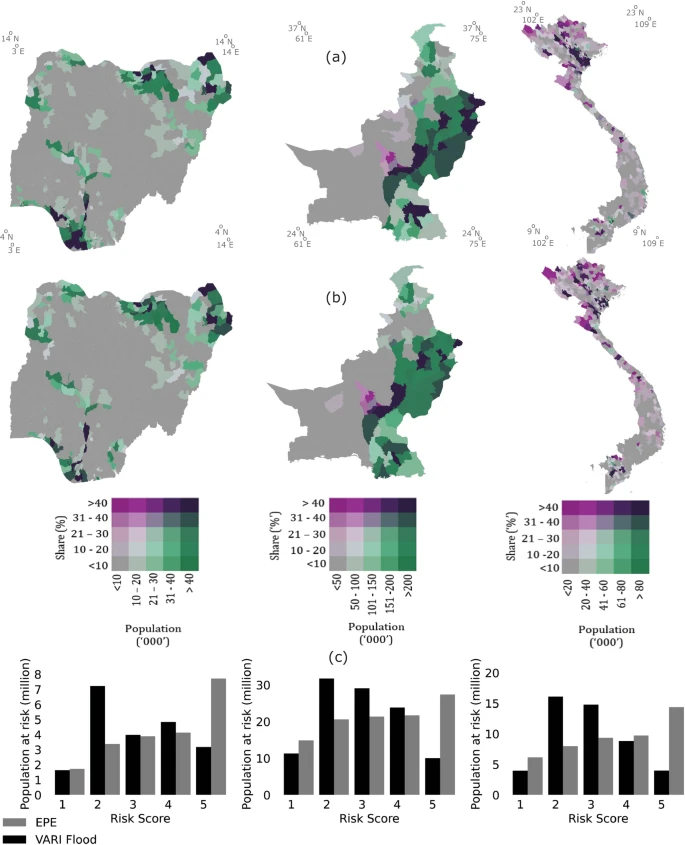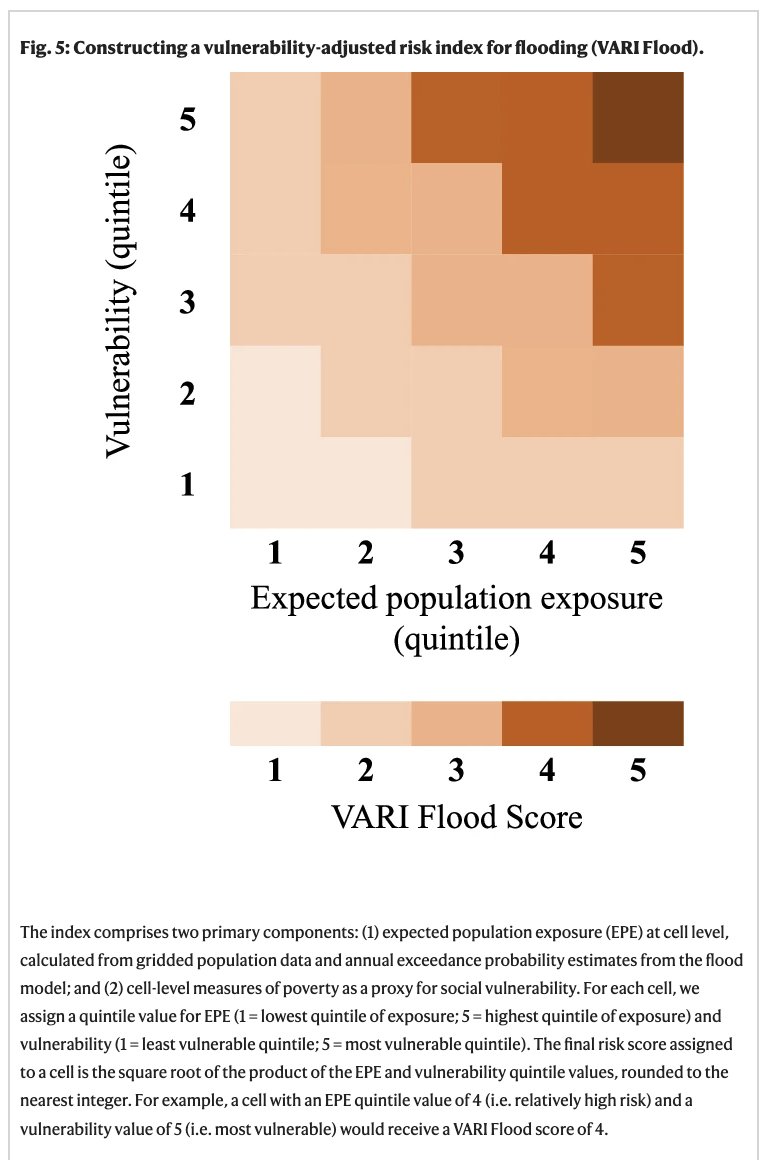
Cabot Institute for the Environment🏳️🌈✊🏿✊🏾✊🏽
@cabotinstitute
Interdisciplinary environmental research community @Bristoluni. Food, water, low carbon energy, cities, environmental change, natural hazards & disaster risk
ID:263096289
https://linktr.ee/cabotinstitute 09-03-2011 11:11:48
23,0K Tweets
7,0K Followers
3,8K Following


Scientists’ experiment is ‘beacon of hope’ for coral reefs on brink of global collapse
Thanks @Guardian for covering this, and for understanding our aims to boost reef recovery in the short term while we fix climate change in the long term. #OceanOptimism
theguardian.com/environment/20…

What a wonderful day Embercombe thank you to all the team for welcoming us, sharing your knowledge and beautiful space. This afternoon was filled with pond dipping and fire building. Great to spend time in nature! Cabot Institute for the Environment🏳️🌈✊🏿✊🏾✊🏽
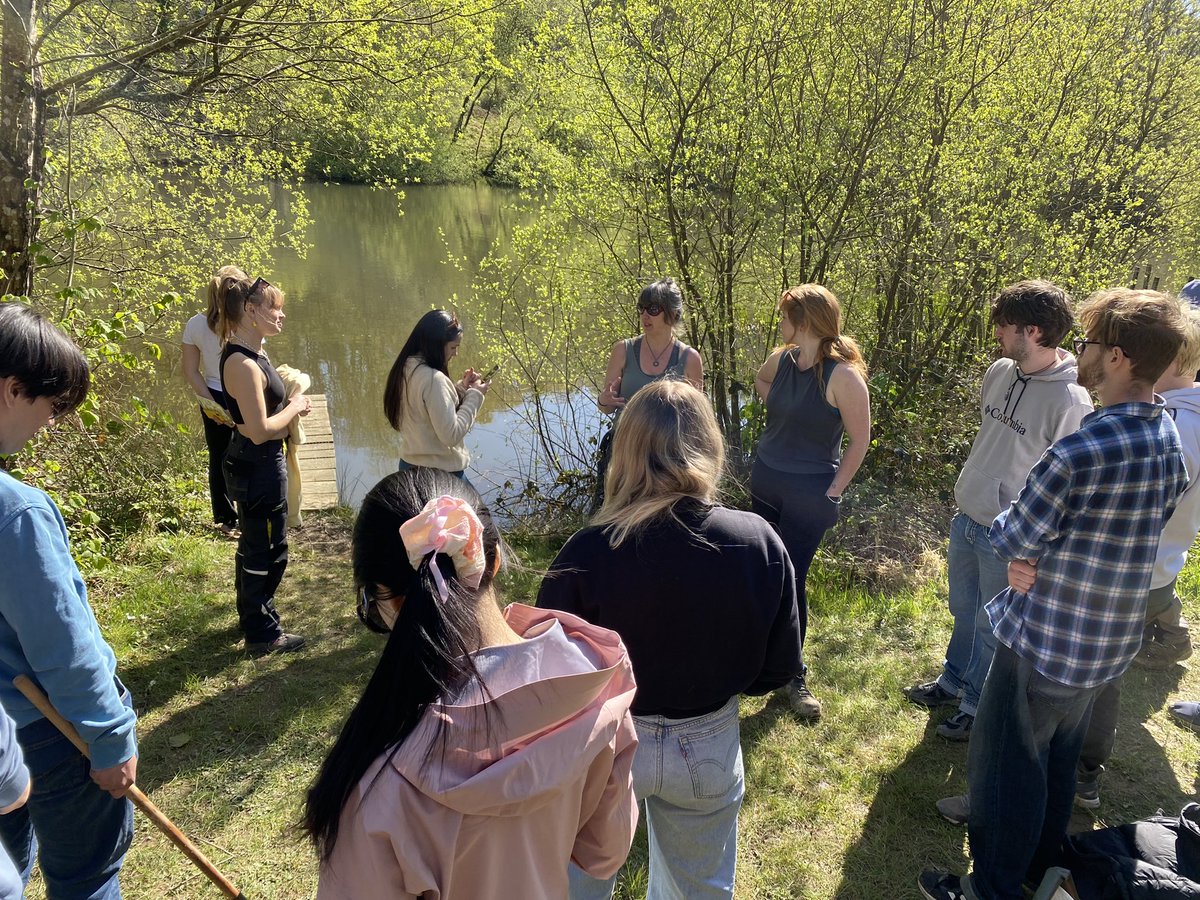

We’ve had a fabulous morning exploring beautiful@embercombe and learning about re-wilding. We even found a slowworm or two! Cabot Institute for the Environment🏳️🌈✊🏿✊🏾✊🏽


Excited to speak on #climatejustice at Green Shift Festival Curzon Cinema & Arts with expert friends from Cabot Institute for the Environment🏳️🌈✊🏿✊🏾✊🏽 Heart of BS13 Black Seeds Network - Creative Connex
On all weekend, Book here : curzon.org.uk/film/green-shi…

It has been wonderful welcoming back our PGCE students after their P2/3 placement. We thoroughly enjoyed our Climate Fresk workshop on Wednesday with the Cabot Institute for the Environment🏳️🌈✊🏿✊🏾✊🏽 at University of Bristol engaging in the story of climate change whilst delving deep into climate science together
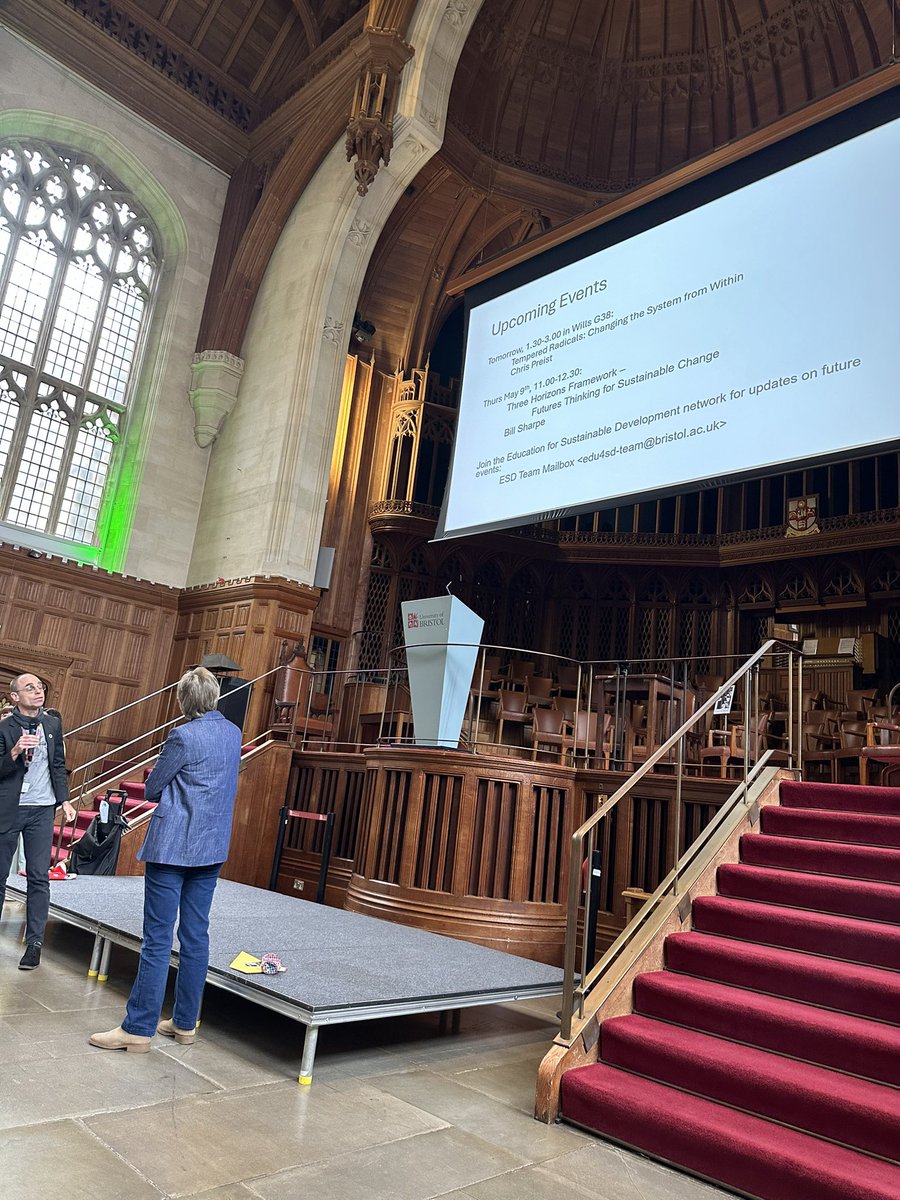

Bristol Environment Sector! We are back with two free workshops on diversity and inclusion.
May 9 · 1 - 4pm Inclusive Decision Making
tinyurl.com/3vuu6hrs
May 29 · 9:30am - 12:30pm Inclusive Chairing and Leadership
tinyurl.com/ycyjpu4n
Cabot Institute for the Environment🏳️🌈✊🏿✊🏾✊🏽 Bristol Climate & Nature Partnership


Very excited that our side event has been accepted for the SB60 UNFCCC climate change negotiations in Bonn this June!
We've teamed up with Green Africa Youth Organization (GAYO) and will be discussing youth engagement and inclusive just transitions with Katharina Richter and Dr Alice Venn
Cabot Institute for the Environment🏳️🌈✊🏿✊🏾✊🏽

Students & staff are taking part in a Climate Fresk this afternoon!
A great opportunity to learn about climate science and explore positive actions.
#climatefresk University of Bristol
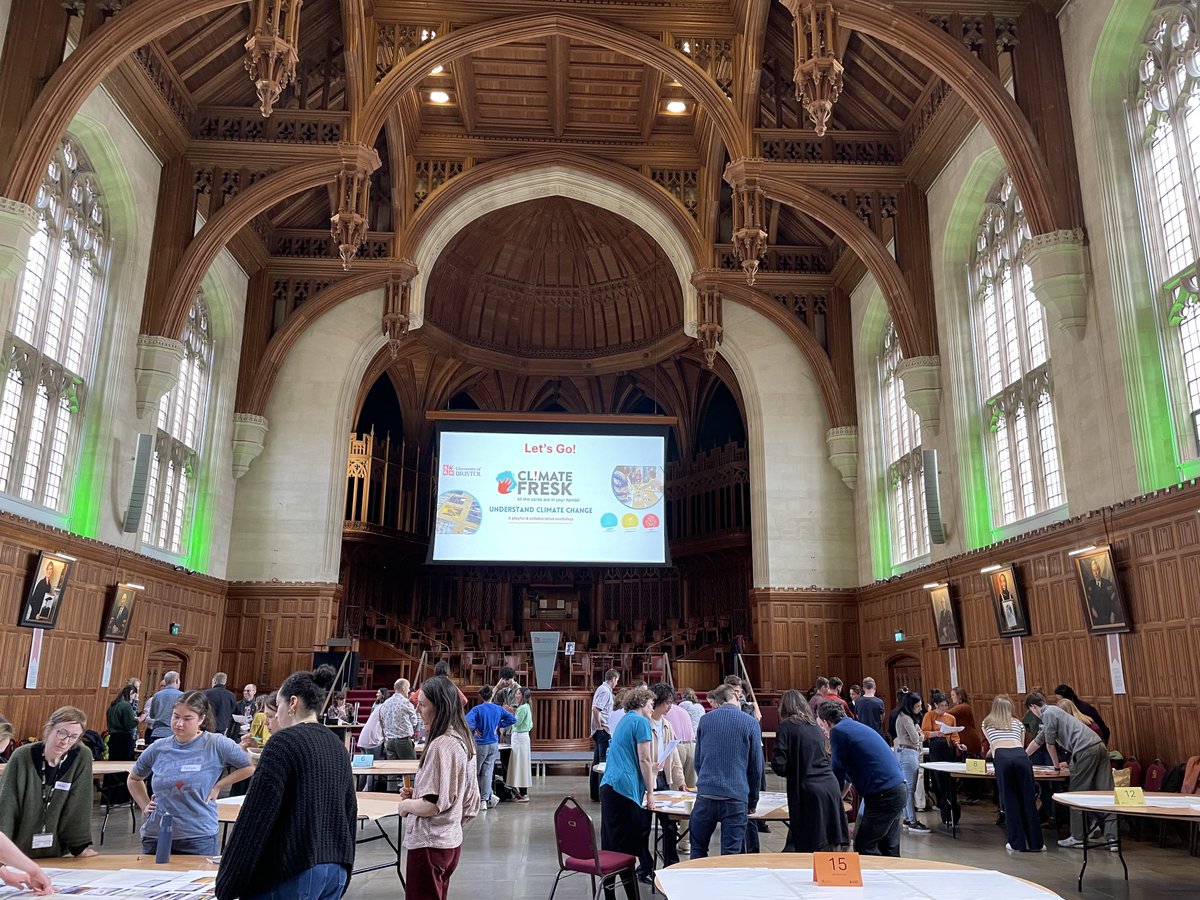

OUR LIVING WORLD launched today on @Netflix. This stunning series celebrates our intricately interconnected world, beautifully narrated by #CateBlanchett . Was a joy as Series Scientific Consultant to help #WildSpace weave nature's magical threads
youtube.com/watch?v=em9CU8…









…but there are significant differences in vulnerability & coping capacity within populations living in similarly exposed areas. There are MANY dimensions to social vulnerability & these vary w/in & between countries, as Neil Adger & others have documented over many years
(6/15)

